Michael Heizer is a site-contemporary artist specializing in large scale and site-specific sculptures. He has re-defined sculpture in terms of size, mass, gesture and process. His idea for sculpture came to him in 1969 when he discovered a 120-ton boulder in the mountains adjacent to his property and thought it would be a great view for visitors passing underneath it.
Heizer planned to bore a long, sepulchral channel and place the boulder; this would allow the visitors to walk underneath it and have a view of the giant rock from its underside and give them an incredible encounter. The work was then to be titled, “Levitated Mass.” However the efforts to do so failed after the crane that was used to move the boulder broke its neck. Due to lack of funds for a larger and stronger crane, the efforts remained unfulfilled for over 40 years.
Since then, Heizer became prolific; he created a body of work that dealt with both scale and negative/positive relationships in countless ways. This is most-notable in his greatest and well-known work the “Double Negative (1969-1970). The work he created is an outdoor intervention that can be seen via satellite. In order to make it, Heizer cut two 50-foot deep lines into the earth, displacing some 240,000 tons of rock in the process. The sculpture is 1,500 feet long, which is a bit longer than the Empire State Building lain on its side.

Levitate Mass, Photo Courtesy of Frank Fujimoto, via Flickr
Despite failing in his efforts to move the 120-ton boulder in 1969, Heizer still wanted to give it a try and this time round succeed if he got another chance. So long as there is an effort to try something, chances always come up and in 2007 Heizer was given yet another chance; he received a call from a Quarry outside of riverside, California. They had found a beautiful rock and they thought he would be interested in it. The rock weighed 340 tons and was two-stories tall.
The call was a total excitement to him and he immediately called Michal Govan, the director of Los Angeles County Museum of Art (LACMA), to tell him he had found the most beautiful rock ever and he wanted to move it to L.A. Govan was aware of Heizer’s failed efforts of a boulder in 1969 and he wanted to make this one a success. With support from LACMA, the sculpture could move but there was one major problem, getting the 680,000 pound rock to Los Angeles.

Transportation of Levitate Mass, Photo courtesy of Waltarrrr, via Flickr
The boulder would have to travel 105 miles; through 4 counties and 22 cities in order to move it from California to Los Angeles. It was a hectic journey, it needed to be well-laid out. Heizer and his team needed to come up with a plan considering the fact that the boulder was too cumbersome to navigate sharp turns, too tall for many overpasses, too heavy for steep inclines and most highways. Such a journey meant a lot of permits that would include: every turn of the route, every streetlight, traffic signal, wire, underpass and overpass. Many of the traffic light poles would also have to be removed then replaced and each pole would take up to two hours. The process of permitting delayed the installation of the work by roughly six months.

Photo Courtesy of Bunnicula
LACMA hired Emmert International, a company that specializes in moving extremely huge objects like nuclear generators and missiles. The company built a 294 foot-long, with 206-wheel trailer, it would use 6 trucks which will all pull and push simultaneously to ferry the rock to L.A.
The rock could only be moved at night so as not to cause traffic. It gathered a lot of attention; tens of thousands flocked to see it. A rock-themed festival was arranged in its honor and amazingly a marriage proposal was made with the rock as its backdrop. Residents of all zip codes along the route were granted free admission LACMA for a period of time after the installation was completed.
The rock sits permanent house now after travelling 11 nights designed to last 3,500 years according to Heizer. The rock is said to be roughly 150million years old. It rests on a 456 foot-long channel that just as the original blueprints dictated, viewers are encouraged to walk through so that they view the stone’s underbelly. The rock vibrates with history, it brings us back to the 1960s when Heizer’s first installation was conceived.
Heizer finally succeeded to give visitors an incredible view while walking underneath a rock; they can walk underneath a 680,000 pound stone unafraid of death.





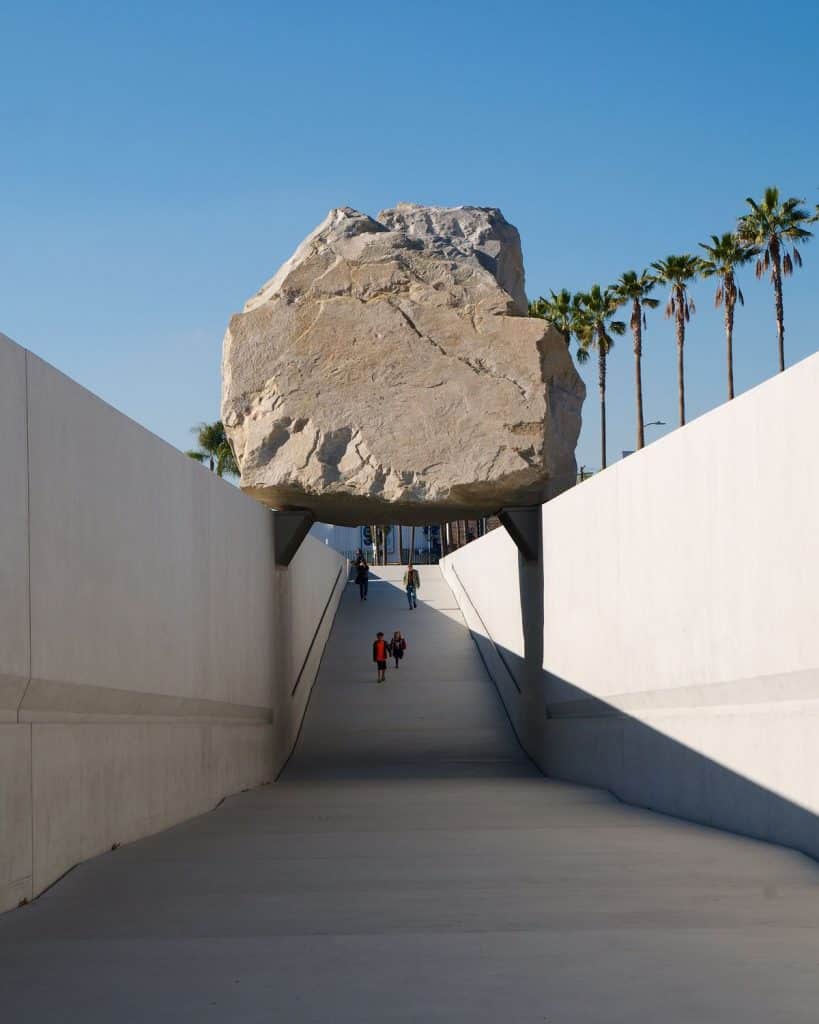
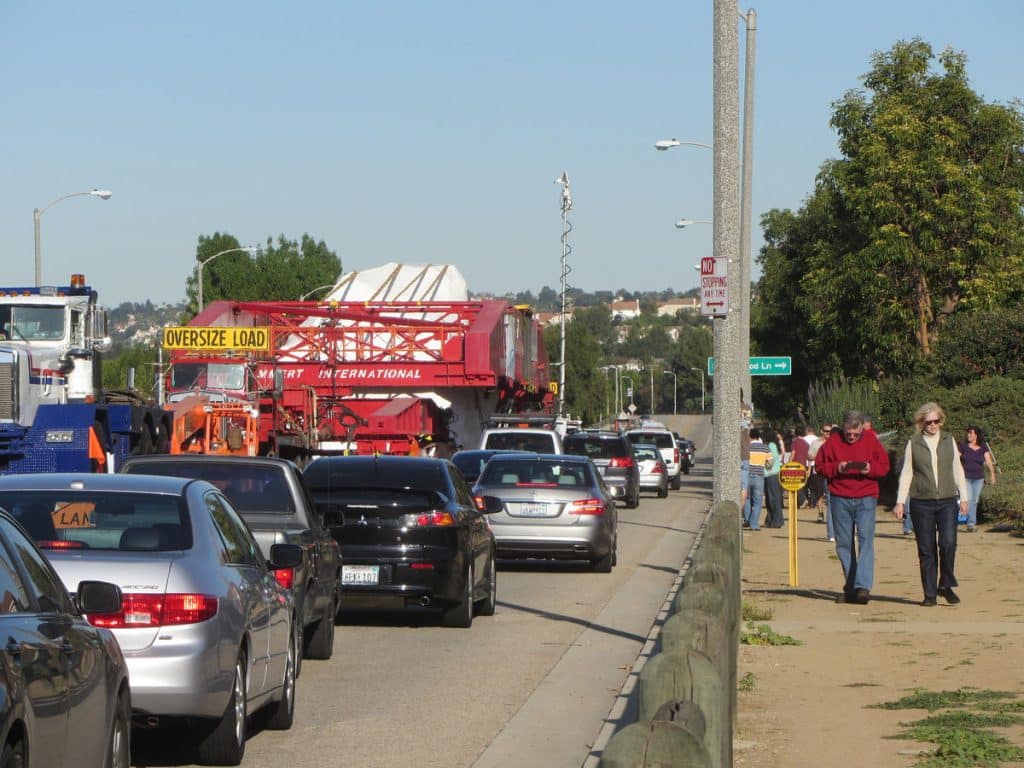
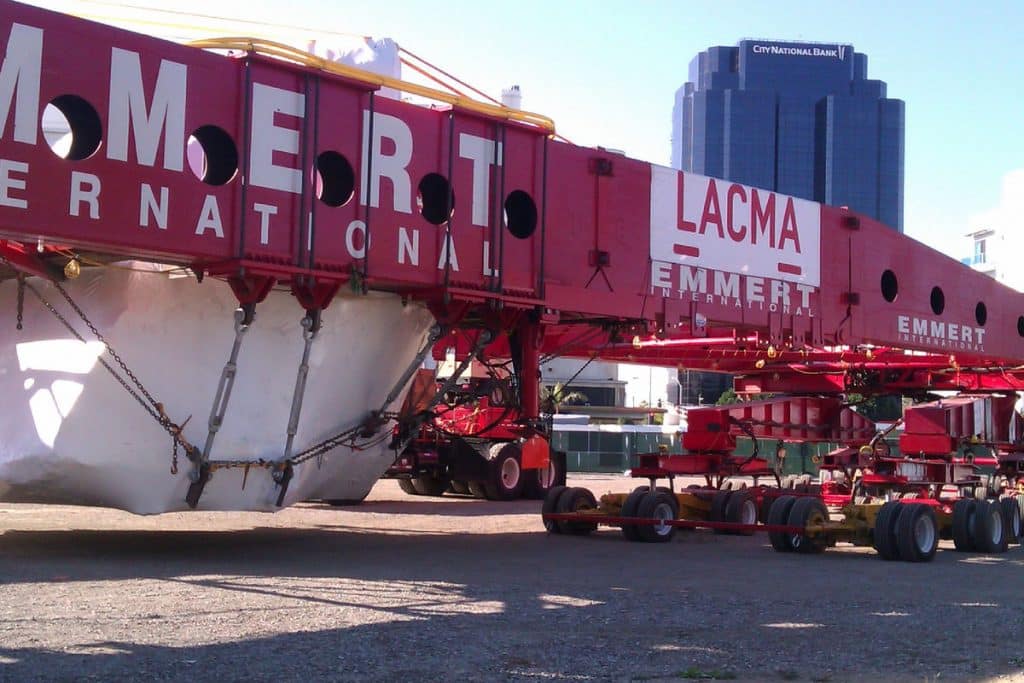

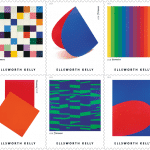





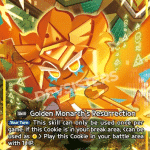

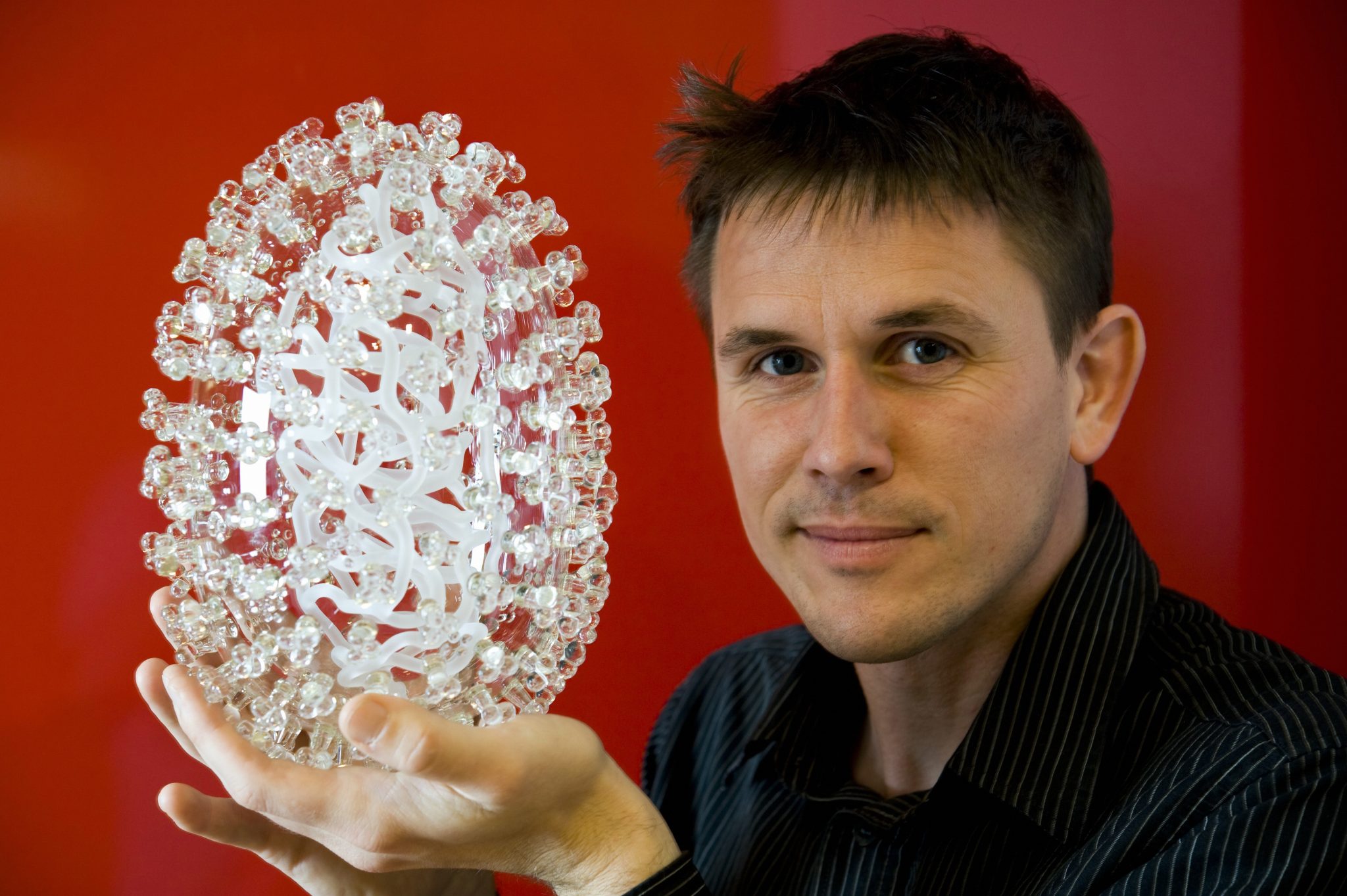

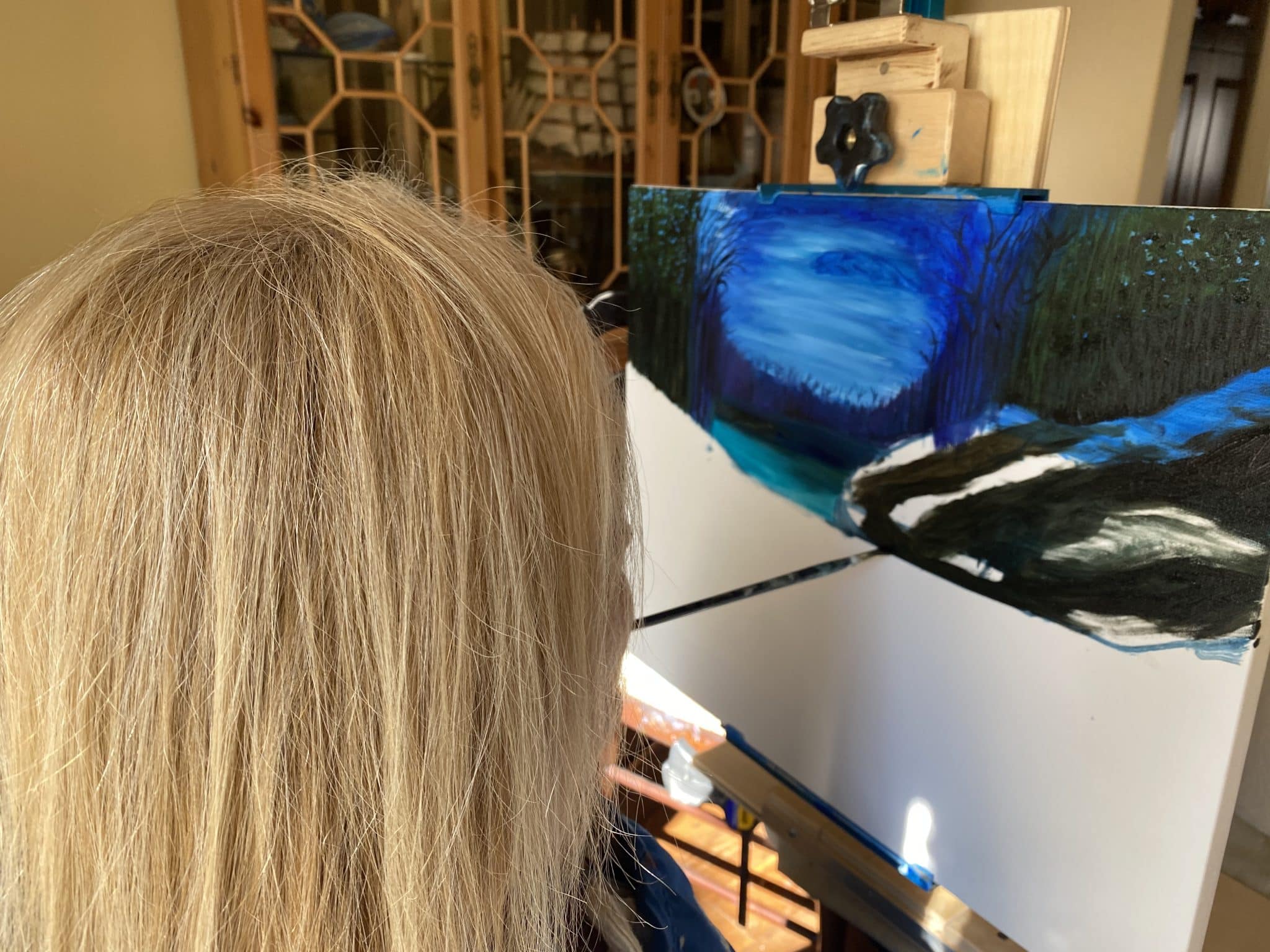
Leave a comment